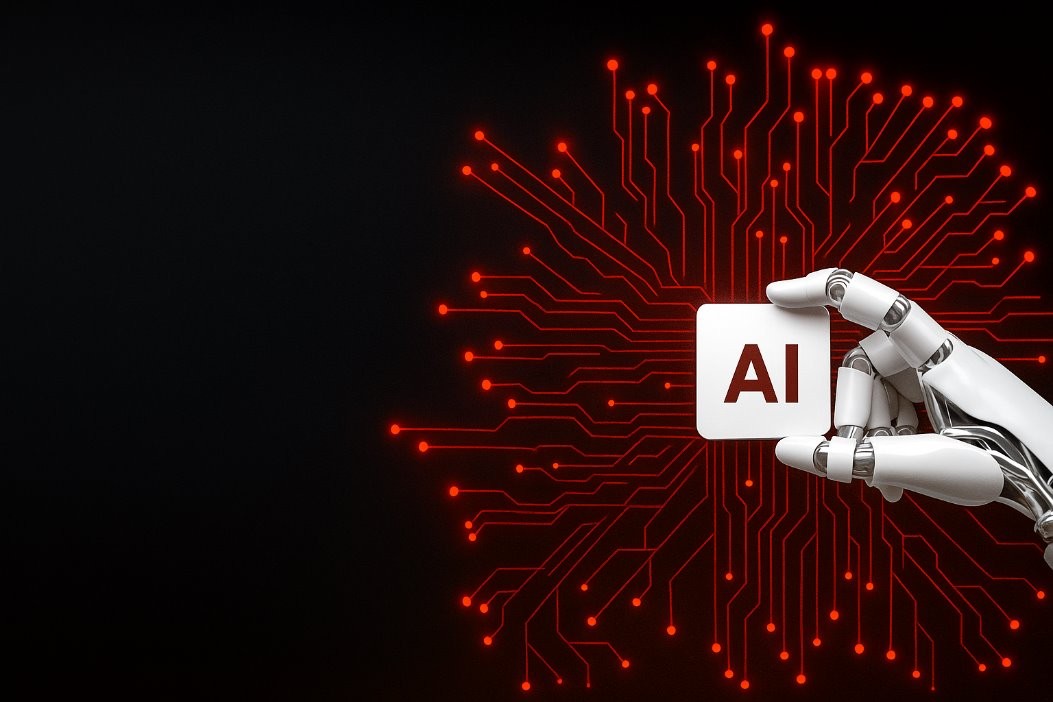Before the term Digital Experience Platform (DXP) became a fixture in martech conversations, content management systems were the workhorses of digital strategy. Brands turned to CMS platforms like Episerver (now Optimizely) to manage web content, create publishing workflows, and maintain consistent brand identity online.
But the evolution from CMS to DXP didn’t happen overnight — and Optimizely has been at the heart of that journey.
From CMS to More: Optimizely’s Foundation as a Marketing-Ready Platform
Long before it was officially labeled a DXP, Optimizely’s CMS stood out for its extensibility. It offered robust content modeling, multi-site management, and support for editorial workflows — but where it really gained traction was in its ability to integrate.
Through connectors, add-ons, and APIs, the CMS expanded far beyond traditional publishing. Key integrations included:
- CRM Platforms: Microsoft Dynamics, Salesforce, and others could be integrated to sync customer data for personalized content delivery.
- Translation Providers: Tools like Lionbridge, Smartling, and Translations.com were easily added to support global content publishing workflows.
- Marketing Automation: Platforms like Marketo, HubSpot, and Eloqua could be connected for form tracking, lead capture, and campaign orchestration.
- Search Providers: Episerver Find (now Optimizely Search & Navigation) was a built-in option, but clients could also use Coveo, Algolia, and Lucidworks.
- Commerce Engines: Its deep integration with Episerver Commerce (now Optimizely Commerce) made it a favorite among hybrid content-and-commerce teams.
Optimizely’s modular and API-first approach helped clients build tailored digital experiences well before the concept of a “DXP” was formally defined.
Enter the Modern DXP: Composable, Scalable, and Open
Today, Optimizely is more than a CMS — it’s a full-fledged, composable Digital Experience Platform. It combines content, commerce, experimentation, data, and personalization into a unified ecosystem. But what truly sets Optimizely apart in the modern era is its composable architecture.
Rather than forcing brands into a monolithic suite, Optimizely allows them to pick and choose the capabilities they need, and plug in best-of-breed tools for everything else. Whether it’s connecting to a PIM like Salsify, a DAM like Bynder, or a front-end framework hosted on Vercel — the platform is built to support:
- Composable Integrations: APIs and GraphQL endpoints power seamless data access for headless and hybrid deployments.
- Open Architecture: Built-in support for third-party search (Coveo, HawkSearch), CDPs, analytics tools, and design systems.
- Cloud-Native SaaS: As a SaaS-first platform, Optimizely offers automatic updates, built-in scalability, and security out-of-the-box.
- AI-Driven Insights: Tools like Optimizely Content Recommendations, ODP (Optimizely Data Platform), and Experimentation bring data into the experience layer.
Why It Matters
Organizations today need agility. Customer expectations shift fast, and the technology that powers those experiences must be flexible. Optimizely’s journey from a CMS with strong marketing integrations to a composable DXP allows teams to evolve their digital strategy at their own pace — without starting from scratch.
By supporting both integrated suites and headless-first deployments, Optimizely gives marketers, developers, and digital leaders a platform that meets them where they are — and grows with them into the future.

